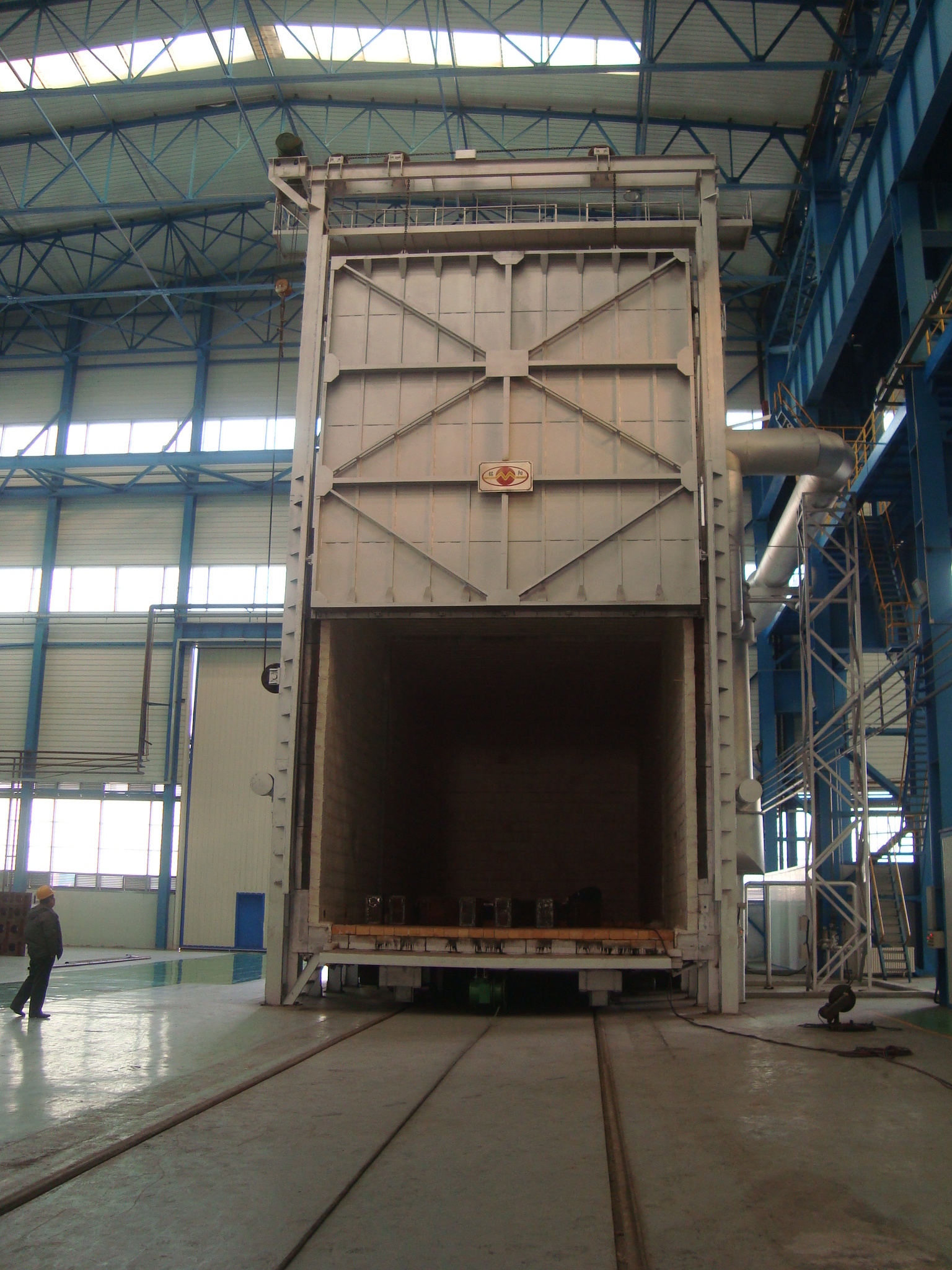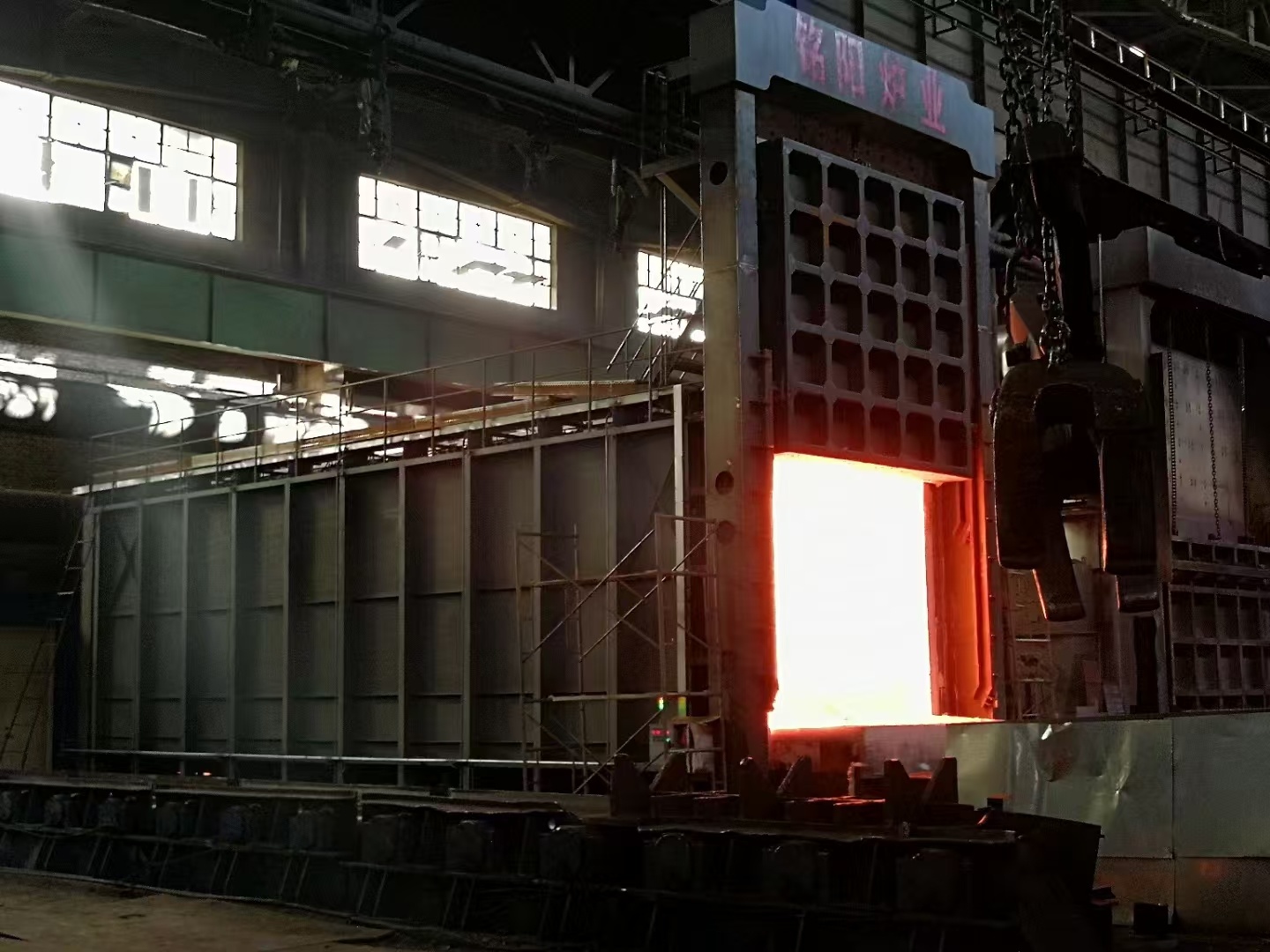


Understanding OEM Carburizing Furnaces: Key Insights for Industrial Applications
One of the primary functions of an OEM carburizing furnace is to create a low-pressure, inert atmosphere that allows for the effective carburization of steel components. This environment minimizes oxidation and ensures that the carbon content penetrates uniformly throughout the surface of the steel, resulting in improved hardness and wear resistance. The furnace operates at elevated temperatures, typically ranging between 850°C and 950°C, depending on the specific application and material requirements.
The design and construction of OEM carburizing furnaces are tailored to meet the needs of various industrial applications. They often feature advanced control systems that allow operators to monitor and adjust temperature and atmosphere conditions in real time. This level of control is essential for achieving precise carburizing depths and surface properties, which are crucial for components used in high-stress environments, such as gears, shafts, and bearings.
In addition to their technical capabilities, OEM carburizing furnaces contribute to operational efficiency. By utilizing energy-efficient designs and advanced insulation materials, these furnaces help reduce energy consumption and operational costs. Furthermore, the automation features often integrated into these systems streamline the production process, reducing the need for manual intervention and minimizing the risk of human error.
When considering the implementation of an OEM carburizing furnace, it is essential to evaluate the specific requirements of your application. Factors such as the type of steel being treated, the desired hardness levels, and the production volume will influence your choice of furnace. Consulting with industry experts or OEM manufacturers can provide valuable insights tailored to your operational needs.
In summary, OEM carburizing furnaces are indispensable tools in the metallurgical industry, offering a combination of precision, efficiency, and adaptability. As manufacturers seek to enhance their production capabilities and product performance, understanding the significance of these furnaces becomes increasingly important. Investing in a quality OEM carburizing furnace can lead to improved product durability, lower maintenance costs, and ultimately, greater customer satisfaction in the competitive industrial market.
If you are interested in our products, please leave your email and we will contact you as soon as possible.
COOKIES
Our website uses cookies and similar technologies to personalize the advertising shown to you and to help you get the best experience on our website. For more information, see our Privacy & Cookie Policy
COOKIES
Our website uses cookies and similar technologies to personalize the advertising shown to you and to help you get the best experience on our website. For more information, see our Privacy & Cookie Policy
These cookies are necessary for basic functions such as payment. Standard cookies cannot be turned off and do not store any of your information.
These cookies collect information, such as how many people are using our site or which pages are popular, to help us improve the customer experience. Turning these cookies off will mean we can't collect information to improve your experience.
These cookies enable the website to provide enhanced functionality and personalization. They may be set by us or by third-party providers whose services we have added to our pages. If you do not allow these cookies, some or all of these services may not function properly.
These cookies help us understand what you are interested in so that we can show you relevant advertising on other websites. Turning these cookies off will mean we are unable to show you any personalized advertising.


